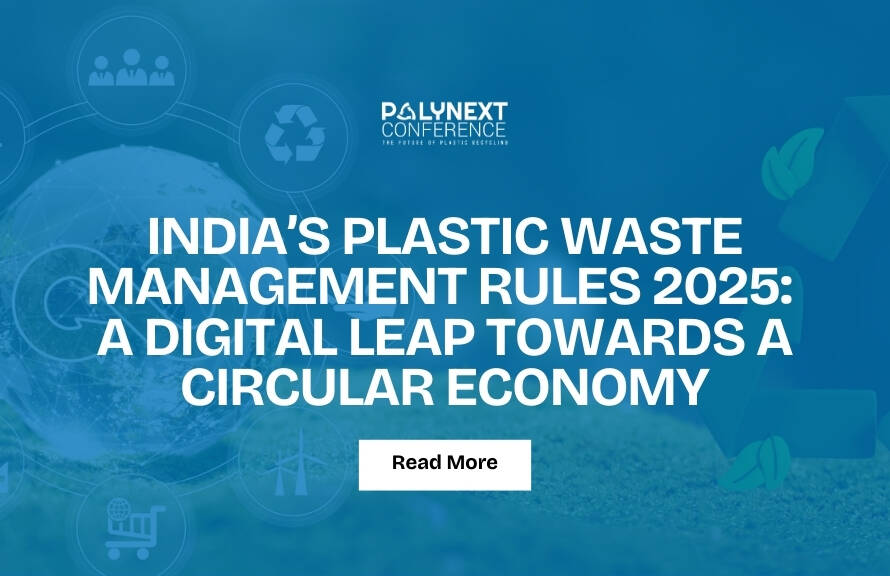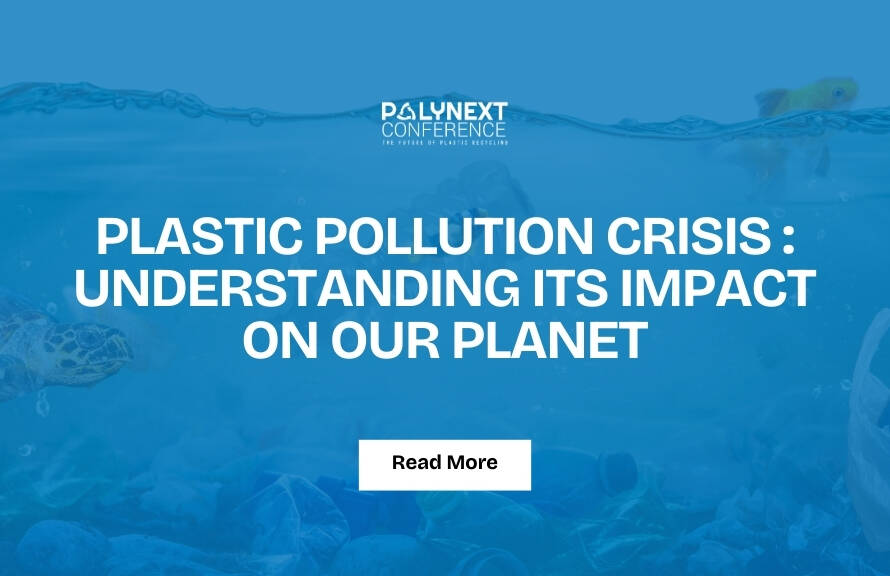Plastic pollution remains a rapidly escalating environmental crisis in 2025, with over 400 million tonnes of plastic produced every year and approximately 31.9% of this volume being mismanaged and ultimately entering the Earth’s air, water, or soil.Most plastic pollution originates from single-use packaging and consumer goods, with food and beverage industries contributing dominantly through items like bottles, sachets, and wrappers.
Global Distribution and Hotspots
Plastic pollution is widespread across terrestrial and marine environments, with hotspots occurring in regions with poor waste management infrastructure. Asia, Africa, and Latin America remain particularly vulnerable due to the import of plastic waste from wealthier nations, which overwhelms their local systems and often results in unregulated dumping or burning.
In 2025, international plastic waste trade reached over 4.4 million tonnes annually. Germany, Japan, the United States, and the United Kingdom are among the top exporters, with seven of the top ten exporting nations located in Europe.
Main Sources and Pathways
Key sources of plastic pollution include:
- Packaging from processed food, beverages, and household products
- Industrial plastics from manufacturing
- Single-use personal and hygiene goods
- Agricultural plastics (mulch films, greenhouse covers)
- Textile microfibers shed during washing
Nearly 80% of ocean plastics originate from land-based sources, transported via rivers, drains, and wind. Marine pollution hotspots include massive gyres like the Great Pacific Garbage Patch, with plastics detected from beaches to deep sea trenches.
Leading Brands and Their Contributions
Recent peer-reviewed global brand audits (2018–2024) reveal a disproportionate responsibility among a handful of multinational companies:
- Coca-Cola: ~11% of branded plastic waste globally
- PepsiCo: ~5%
- Nestlé: ~3%
- Danone: ~3%
- Altria-Philip Morris: ~2%
The top five alone account for nearly a quarter of all branded plastic pollution, with the top 56 brands contributing more than half. Most of this waste comes from beverage bottles, snack packages, food wrappers, and tobacco packaging.
Plastic Production–Pollution Link
A strong correlation exists between production volumes and environmental leakage. For every incremental increase in a brand’s plastic output, pollution rates rise almost proportionally. Recycling and waste management initiatives by large producers have so far failed to significantly offset plastic leakage into ecosystems.
2025 Highlights and Urgent Responses
Plastic Overshoot Day occurred on September 5, marking the point at which global waste systems could no longer manage the year’s plastic output.
Since the 1950s, 8.3 billion tonnes of plastic have been produced, with 79% ending in landfills or the environment.
China, North America, and the EU are leading producers, with Germany consuming 23.3% of Europe’s plastic demand.
Roughly 25% of chemicals used in plastic production are toxic or carcinogenic, compounding health risks in regions with poor disposal practices.
PolyNext 2025 Dubai: Driving Innovation in Plastic Recycling and Sustainability
The PolyNext Awards & Conference 2025, held on October 1–2 at the Crowne Plaza Deira in Dubai, became a central forum for advancing plastic recycling and sustainability. Organized by Next Business Media, the event brought together industry leaders, innovators, and policymakers to spotlight breakthrough technologies for sustainable plastic management. Highlights included the PolyNext Awards recognizing excellence in recyclability, and networking sessions to foster cross-sector collaboration.
Conclusion
Plastic pollution in 2025 continues to rise due to high production rates, weak global waste management systems, and the dominance of multinational brands in disposable packaging. Without aggressive measures—including restricting single-use plastics, strengthening waste infrastructure, and holding producers accountable—plastic contamination will keep imperiling biodiversity, water resources, and human health worldwide.
References
CIRCULARISE:Global plastic consumption, production, and sustainability efforts
Geneva Environment Network:Plastics and the Environment



